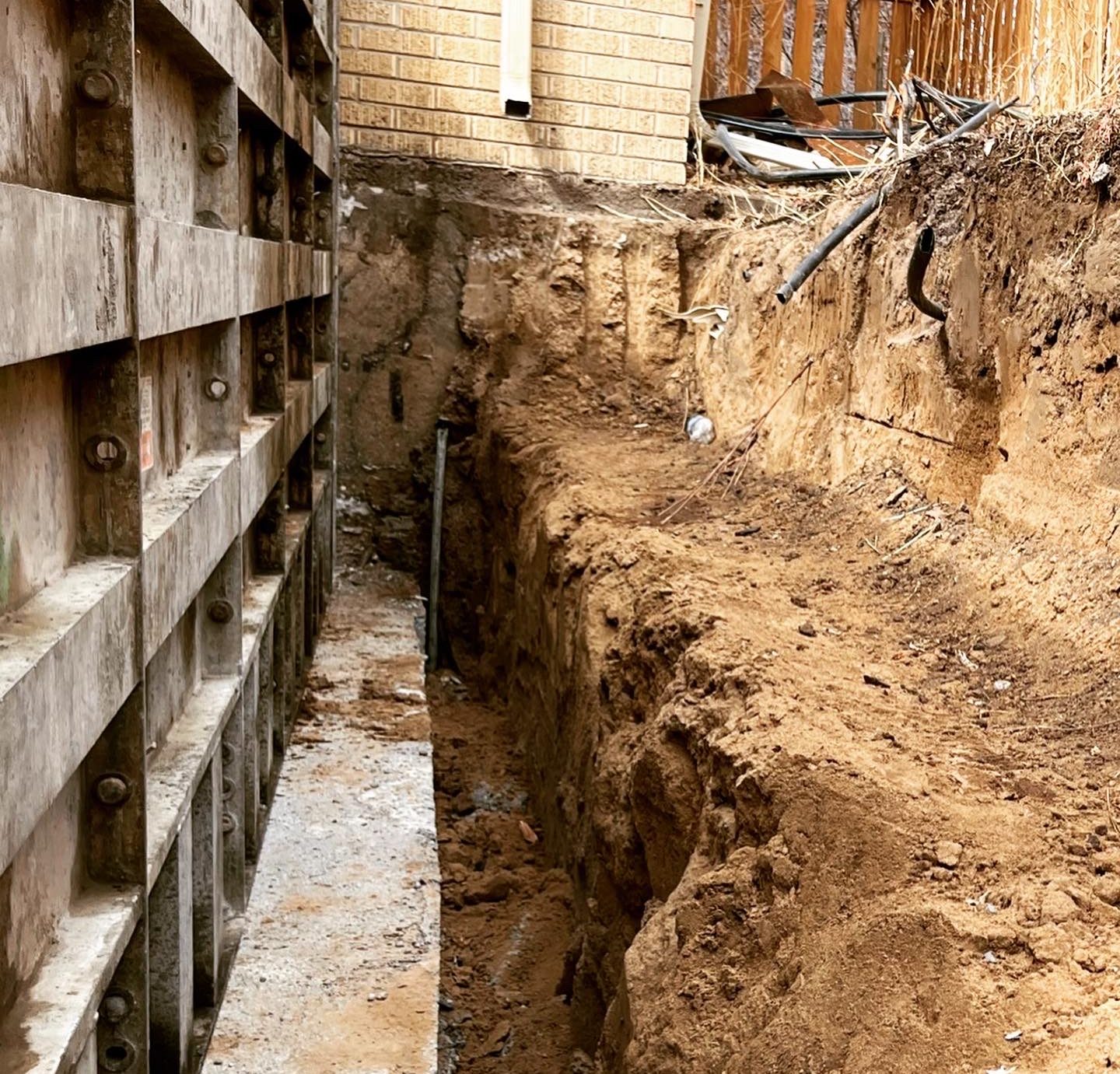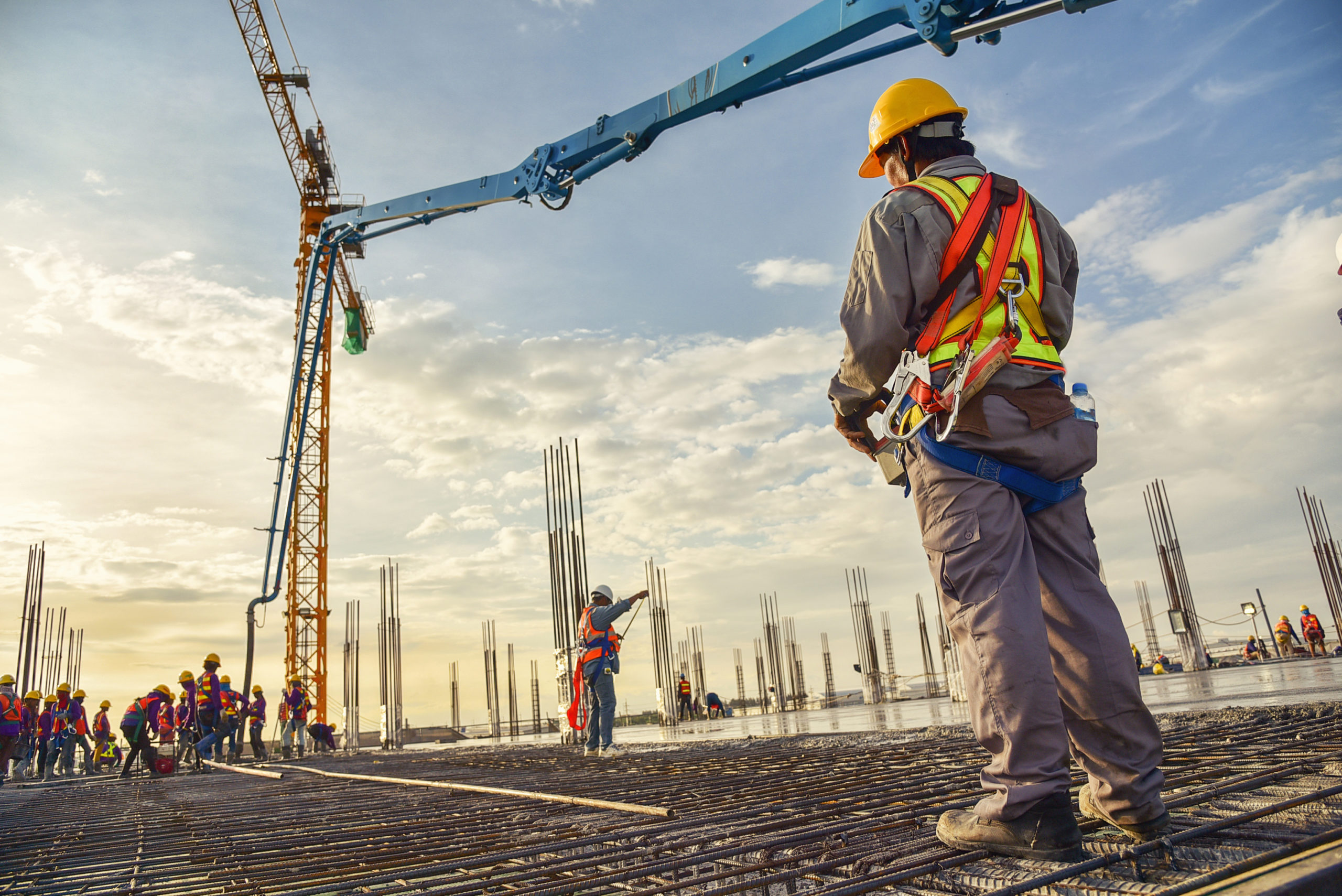A Comprehensive Overview to Ending Up Being an Effective Geotech Engineer
A Comprehensive Overview to Ending Up Being an Effective Geotech Engineer
Blog Article
The Important Contributions of Geotechnical Designers in Assessing Soil Actions and Foundation Layout for Sustainable Framework Development
Geotechnical engineers work as a foundation in the realm of lasting facilities growth, where their know-how in evaluating soil behavior directly influences the security and durability of frameworks. By utilizing sophisticated methods such as Typical Penetration Tests and Cone Penetration Testing, they diligently assess dirt properties, resulting in informed choices on foundation style. These evaluations not only mitigate risks related to differential settlement however also lead the way for ingenious, eco mindful practices. As we explore the essential duty they play, the ramifications of their payments increase important inquiries concerning the future of facilities resilience and sustainability.
Function of Geotechnical Designers

In addition to website investigations, geotechnical engineers examine possible risks such as soil liquefaction, incline stability, and groundwater concerns. They apply innovative engineering principles to establish options that minimize these dangers, making certain that layouts adhere to relevant codes and criteria. Their work frequently involves collaboration with various other design techniques, designers, and environmental scientists to produce integrated strategies to infrastructure growth.
In addition, geotechnical designers contribute to lasting techniques by promoting making use of materials and methods that reduce ecological impact. With their thorough understanding of dirt mechanics and geology, they play an essential role in promoting secure, resistant, and sustainable framework that meets the needs of society while shielding the setting.
Soil Behavior Assessment Methods
Recognizing dirt behavior is fundamental to educated decision-making in geotechnical design, as it directly affects the design and building and construction procedures. Different analysis strategies are used to review soil residential properties, ensuring precise forecasts of its performance under different loading problems.
One key technique is the Conventional Penetration Test (SPT), which offers insights into soil density and consistency with the resistance run into throughout infiltration. In A Similar Way, Cone Infiltration Screening (CPT) offers a continuous account of soil stratification and in-situ strength parameters, enabling an extra in-depth understanding of subsurface problems.
Laboratory examinations, such as Atterberg restrictions, unconfined compressive toughness, and triaxial tests, are essential for identifying dirt habits under controlled conditions. These examinations promote the determination of crucial parameters, consisting of shear stamina, permeability, and compressibility.

Structure Layout Principles
Foundation style principles are crucial for guaranteeing the security and long life of structures, as they dictate exactly how tons are transferred from the superstructure to the underlying dirt. These concepts incorporate different considerations, consisting of load-bearing ability, look at these guys negotiation, and lateral stability. An extensive understanding of soil mechanics is essential for geotechnical designers to examine the interaction in between the foundation and the soil.
One key principle is the appropriate selection of structure type, which may consist of shallow foundations, such as spread grounds, or deep foundations, like caissons or stacks, depending on soil conditions and architectural tons - geotech engineer. The structure needs to be designed to decrease differential negotiation, which can result in architectural damage

Sustainable Framework Practices
How can we effectively integrate sustainability right into framework methods? To accomplish this, it is necessary to embrace an alternative method that emphasizes the relationship between geotechnical engineering and environmental stewardship. Sustainable infrastructure practices start with thorough website evaluations, which review soil habits, local communities, and resource schedule. By comprehending these variables, designers can establish designs that decrease ecological impact while maximizing material usage.
Furthermore, employing cutting-edge building strategies, such as using low-impact structures and recycled materials, dramatically reduces the carbon footprint of framework jobs. Geotechnical designers play a pivotal function in choosing appropriate materials that improve sturdiness and sustainability, such as using geo-synthetics to boost dirt security and minimize disintegration.
In addition, sustainable infrastructure practices require ongoing monitoring and maintenance to ensure that structures remain durable over time. Inevitably, these methods not just contribute to the durability of frameworks however likewise promote a healthier environment, straightening framework growth with wider sustainability goals.
Study and Applications
Situation research studies in geotechnical engineering offer valuable understandings into the useful applications of soil behavior and lasting framework methods. One significant example is the construction of the Burj Khalifa in Dubai, where considerable dirt testing and analysis were performed to examine the distinct challenges posed by the area's loose sand and high water table. Geotechnical engineers employed progressed methods such as vibrant probing and cone infiltration testing to determine the dirt's load-bearing capability, ultimately bring about the style of a deep structure system that supports this iconic framework.
Another vital case is the remediation of the San Francisco-Oakland Bay Bridge after the 1989 Loma Prieta quake. Geotechnical evaluations revealed the requirement for dirt stablizing strategies, including grouting and soil nailing, to improve the seismic resilience of the structure. These treatments not just boosted the bridge's security however additionally added to its long life and sustainability.
Such study exemplify how geotechnical designers play an important duty in understanding dirt actions and using innovative options Learn More to ensure the structural stability and sustainability of facilities jobs. civil consulting engineers. Their knowledge is crucial in attending to the complex challenges positioned by various soil conditions throughout diverse geographical areas
Conclusion
Finally, the contributions of geotechnical designers are vital for the evaluation of soil actions and the design of foundations, which are necessary for sustainable infrastructure advancement. Via the application of advanced testing techniques and innovative materials, these professionals make certain the stability and safety and security of frameworks while reducing ecological impacts. The assimilation of sustainable techniques promotes durability in facilities projects, highlighting the relevance of partnership among stakeholders to achieve effective building and construction solutions that meet both social and ecological needs.
Geotechnical designers offer as a foundation in the world of lasting infrastructure growth, resource where their knowledge in assessing soil actions directly affects the safety and security and long life of frameworks.Geotechnical designers play an essential role in the style and building of facilities by evaluating dirt and rock habits to make certain stability and safety. A complete understanding of dirt auto mechanics is important for geotechnical engineers to evaluate the communication between the foundation and the soil.
Geotechnical assessments revealed the demand for dirt stabilization strategies, including grouting and soil nailing, to improve the seismic durability of the foundation.In final thought, the payments of geotechnical engineers are crucial for the analysis of dirt habits and the style of foundations, which are vital for sustainable facilities development.
Report this page